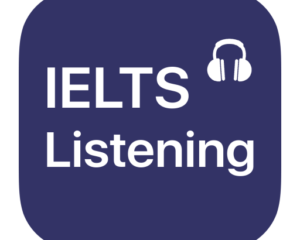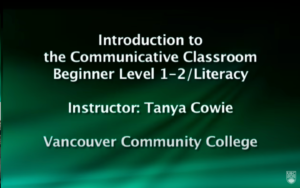 Tonight I observed the Thompson Rivers University Conversation Club for the second time. The club, which takes places through the Big Blue Button platform, aims to provide students with a safe and casual space for students to practice their English. Upon joining the online club I was excited to see a number of ESL students present and ready to engage in the club.
Tonight I observed the Thompson Rivers University Conversation Club for the second time. The club, which takes places through the Big Blue Button platform, aims to provide students with a safe and casual space for students to practice their English. Upon joining the online club I was excited to see a number of ESL students present and ready to engage in the club.
To start the lesson the two teachers lead a welcome activity in order to provide each student with an opportunity to turn on their microphone and introduce themselves. This was a great way to break the ice and warm up the group to practicing English. Students were eager to share information about where they were located in the world, the time zone and their individual reasons for joining the club this evening. This early activity tapped into the student motivation which provided useful insight for the teachers to lean-into later on throughout the lesson.
After this point in the lesson it felt like something shifted; teachers began speaking more and as such, reduced the space for students to speak within. In addition students seemed to pull back from engaging and were no longer volunteering to answer questions. Silence became more regular and a sense of awkwardness emerged, which as a student, teacher and observer I experienced. It was also at this time that the teachers commenced talking over each other which resulted in a challenges with the audio and a bit of confusion among the club. I began to reflect on my own experience as a teacher and the ways in which I would typically encourage engagement in an in-person classroom and how these efforts need to adjust in the online space.
After an hour the club began to wind down and the teachers discussed the exit ticket activity. Students were called upon to answer the question and they eagerly did so and thanked everyone for their time. This closing activity was a great way to book-end the club and I made a note to implement a similar activity in upcoming lessons.
In conclusion this observation provided me with an opportunity to reflect on how leading online learning experiences is challenging. Encouraging students to speak online requires a different and perhaps, more structured approach.







